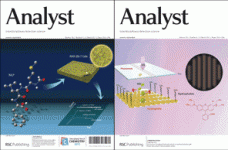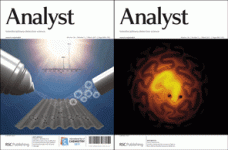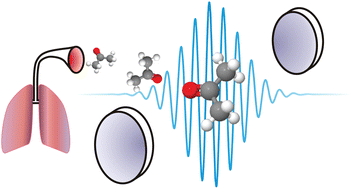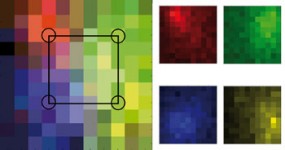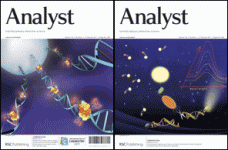Issue 6 of Analyst is now online. And it’s Chinese research on both our covers this time!
Front cover: Chenxin Cai and co-workers from Nanjing Normal University have demonstrated a simple and effective sensing platform for the detection of hydrogen peroxide released from cells.
Electrochemical detection of extracellular hydrogen peroxide released from RAW 264.7 murine macrophage cells based on horseradish peroxidase–hydroxyapatite nanohybrids
Chunyun Li, Hui Zhang, Ping Wu, Zhunan Gong, Guanglin Xu and Chenxin Cai
Analyst, 2011, 136, 1116-1123
DOI: 10.1039/C0AN00825G
Inside front cover: Yang Tian and colleagues from Tongji University, Shanghai report on a new and facile assay for hydroxyl radicals in photocatalytic systems.
Communication: Fluorescence imaging of hydroxyl radicals at superhydrophobic gold flower-like surface in photocatalytic system
Yan Liu, Anwei Zhu and Yang Tian
Analyst, 2011, 136, 1106-1108
DOI: 10.1039/C0AN00821D
Both articles will be free to access until 6th April, so do take a look!


